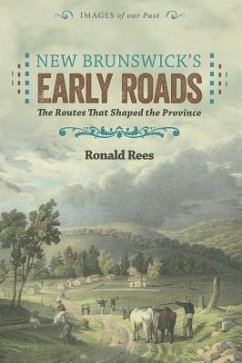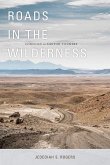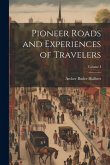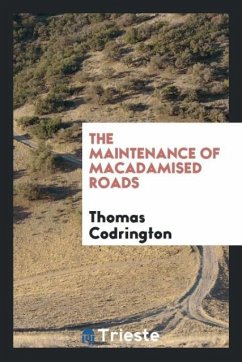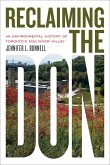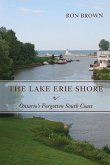Except for Roman military roads and the Inca roads in Peru, roads and road-making have seldom attracted much attention. Like fields, fences and old stone walls, roads can seem so much part of the fabric of a landscape that we need reminding that many of them were made intentionally. In New Brunswick, road-building was a great labour performed, as elsewhere, without fuss by often reluctant workers drawn from a remarkably small population. Against heavy odds, New Brunswick by 1930 had roads and a highway system that, in terms of quality and coverage, was the envy of many larger provinces. A new addition to the Images of Our Past series, New Brunswick's Early Roads follows the development of the province's roadways through the era of post and military roads, the rise of the Good Roads movement, to the dominance of the automobile and paved highways Over 60 remarkable black and white images document the astonishing process.
Hinweis: Dieser Artikel kann nur an eine deutsche Lieferadresse ausgeliefert werden.
Hinweis: Dieser Artikel kann nur an eine deutsche Lieferadresse ausgeliefert werden.

